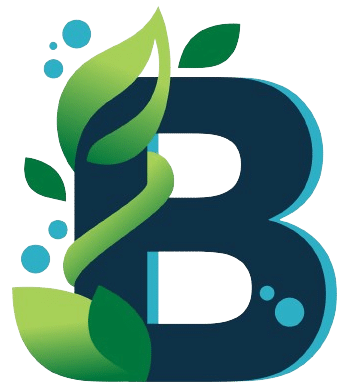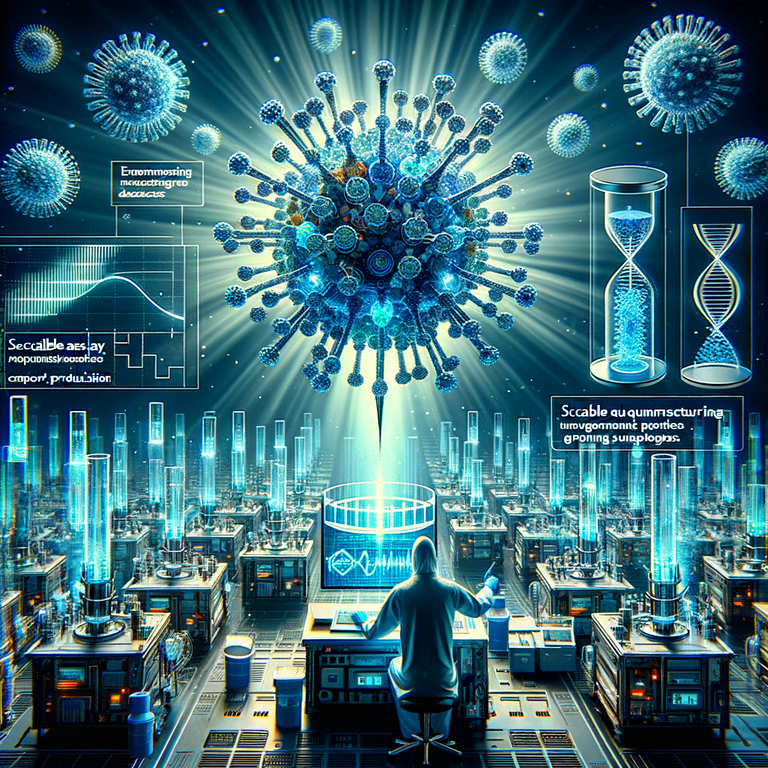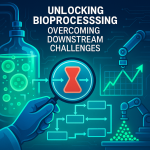🔬 The technology effectively quantifies viral genome subpopulations. This helps in optimizing production and improving product quality.
💡 The scalable assay requires minimal samples, enabling precise monitoring of AAV processes. It addresses limitations of traditional methods.
Introduction:
This article discusses the collaboration between NanoMosaic and Bristol Myers Squibb (BMS) to investigate nanoneedle technology as a means to enhance the manufacturing processes of adeno-associated viruses (AAVs) and improve product quality. The study is significant in addressing challenges associated with AAV production, including the prevalence of genetic variations that can undermine therapeutic efficacy.
- NanoMosaic conducted a study with BMS exploring nanoneedle technology to improve AAV manufacturing processes and product quality.
- Variations in the AAV genome can create subpopulations within a single batch, impacting vector efficiency and therapeutic efficacy.
- The nanoneedle technology can quantify both full viral genomes and partial species of AAV, providing essential data for process optimization.
- The study highlights the technology’s ability to address limitations of traditional methods, such as ITR-based tittering, which can inaccurately represent viral genome content.
- Utilizing just two microliters of sample, the technology offers a scalable, high-throughput assay adaptable to various matrices throughout the manufacturing process.
Conclusion:
The findings from NanoMosaic and BMS suggest that nanoneedle technology is a powerful tool for advancing the AAV manufacturing process by enabling precise quantification and monitoring of viral populations. This innovation could lead to improved therapeutic efficacy and reduced risk of unintended side effects in AAV-based therapies, signifying a promising direction for future developments in gene therapy and related biotechnologies.



